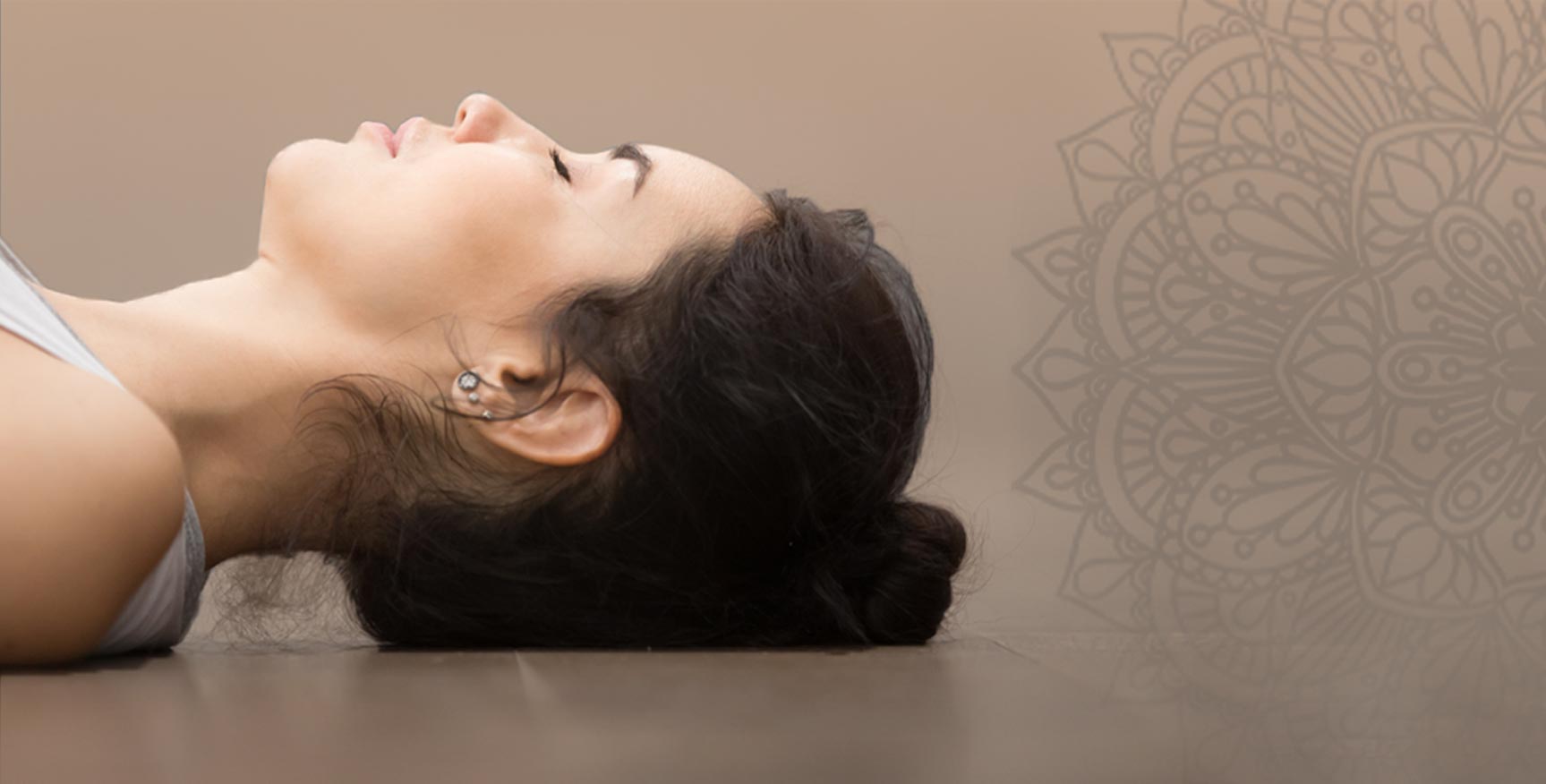A Beginner’s Guide to Meditation

A Beginner’s Guide to Meditation

The thought of meditation may seem odd at first. The idea of sitting in silence doing absolutely nothing is usually something that the average person wants to avoid.
You might be making excuses in your head such as, “I don’t have time”, “I’m not doing it right” or “I am afraid to be alone with my thoughts”.
We are a nation of busy bees, living at a fast pace, constantly on the go and not often stopping to process our thoughts or catch a breath.
Meditating has been practised for thousands of years and if you persevere with the practice it can be very beneficial. Listed below are just some of the things it can be helpful for:
- Stress reduction
- Controlling Anxiety
- Promoting Good Emotional Health
- Enhancing Self-Awareness
- Lengthening Your Attention Span
How to Begin
- Rest the tip of your tongue at the top back of your teeth
- Let out a deep exhale, along with a big sigh or whooshing sound
- Close your mouth and slowly inhale through your nose for a count of four
- Hold your breath for a count of seven
- Exhale deeply and completely for a count of eight, being sure to let out a big sigh or whooshing sound
- Repeat
Tips
- Meditating for 10 minutes a day is infinitely better than meditating for 90 minutes once a week. Try to meditate frequently (every day if you can), even if that just means sitting for a couple of minutes.
- Start small. If you aim with 30 minutes at the start of your meditation journey, you might get frustrated and give up. Five minutes is an ideal time to start with, and then try increasing that time when you’re comfortable.
- Pick a gentle alarm. If your meditation timer is overly loud you might find yourself anticipating the alarm and this may distract your attention during your practice.
- Pick a quiet place. Keep distractions minimal around you so you are able to concentrate better.
If you need a bit of extra support, there are plenty of wonderful mindfulness apps available to download on your phone or tablet. These will help you to carve time in a busy day to meditate and there are thousands of beautiful meditations available for download. We have listed some of the best below for you:
- Calm
- Headspace
- Stop, Breathe & Think
- 10% Happier
- Insight Timer
- Buddhify
- Smiling Mind
SIGN UP HERE to our Veganuary newsletter to keep updated with the latest blog posts, tips and tricks shared throughout January for all things Vegan!

